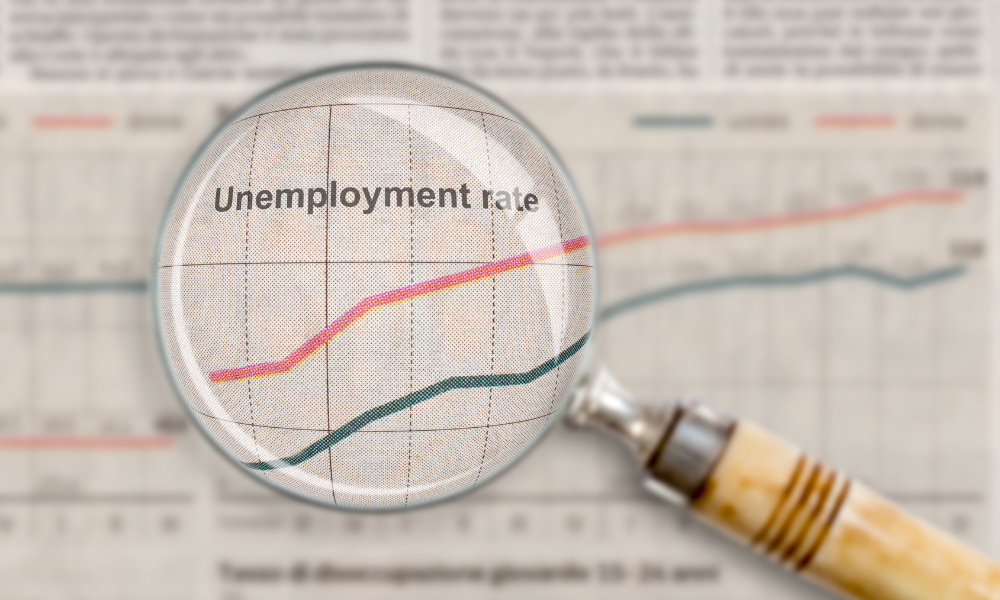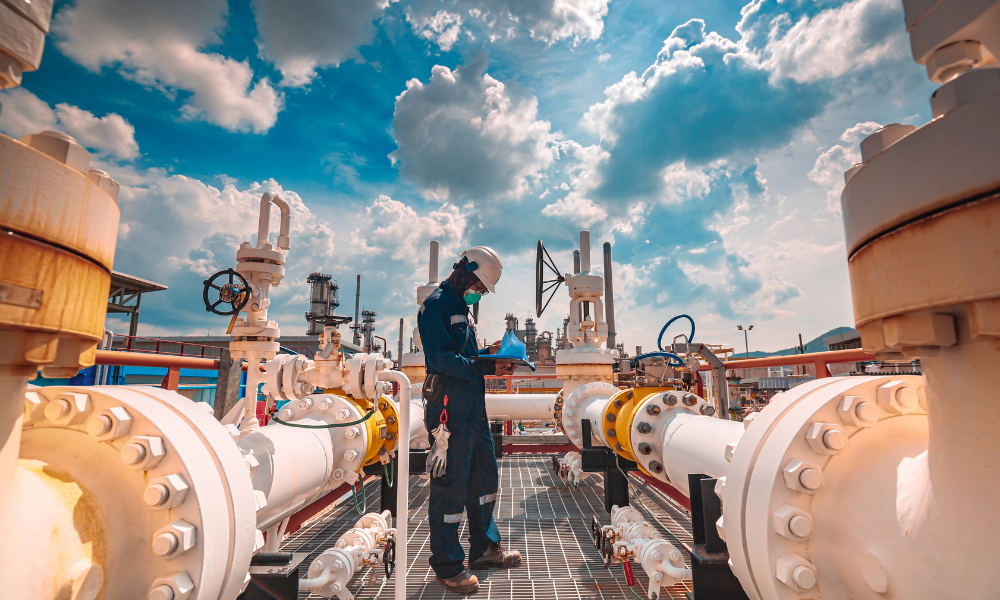When you talk about government priorities in infrastructure, it depends on what government you are talking about.
“If you’re talking about the provinces, it’s more likely the traditional projects like highways, public transit, and healthcare facilities,” says Ella Plotkin, partner and leader of the global infrastructure and projects group at Fasken Martineau DuMoulin LLP. “If you’re talking about the federal government, it’s about green and clean technology projects.”
Plotkin’s colleague, partner Brian Kelsall, whose practice focuses on project finance and infrastructure development, banking and corporate finance, and public-private partnerships, agrees. “On the fed side, it’s all clean, clean, clean – whether through financing projects through vehicles like the Canada Infrastructure Bank or tax breaks and other incentives to promote investment in clean technology.”
Get to know more about Canada’s infrastructure development finance through its different funding and investment programs in this article.
Different mandates, different priorities
He adds that while the infrastructure priorities of each level of government, such as public transit, are complementary, “they are not all necessarily cooperative.”
Ontario has a robust pipeline of projects, and other provinces are getting more active now in projects “bespoke to their region and needs,” Kelsall says. Ottawa is more policy-driven regarding its direction, “really oriented to ideas such as reaching net zero.”
He says that finding “coherent” packaging for an infrastructure deal that meets the goals of federal, provincial, and even municipal partners involves a lot of negotiation and coordination. “For example, how does federal funding and aid support dovetail with the needs and desires of Infrastructure Ontario? There’s always that layer of uncertainty.”
Plotkin also notes that “there’s certainly a realization out there of the need to work on the actual process of responding to the policy objectives and priorities of all parties, and how collaboration will play out.”
Ilan Dunsky, partner and national co-chair of Dentons Canada LLP’s infrastructure and PPP group in Montreal, also notes the different approaches the provinces and feds have toward infrastructure – “not exactly a bifurcation” but a difference in focus.
It’s not necessarily a bad thing, he adds, noting that large-scale public transit projects being built by the provinces and at least partially financed by the feds fit the policy mandates of both levels of government. They are inherently green. Clean power generation is another area where Ottawa and the provinces can get behind. It’s just that given their responsibilities under federalism, the provinces still need to focus on bread-and-butter projects such as highways.
“I don’t want to overstate the distinction between the provinces and the federal government – they have a different focus because most infrastructure is provincial jurisdiction.” The federal government has much less responsibility over most infrastructure than projects such as railroads and pipelines, “so they’re focusing where they think they can get the most bang for their buck, which is on decarbonization.”
However, he adds, on a personal level, one could argue that a new or better highway that shaved 15 minutes off each driver’s commute could be seen as good for the environment in and of itself.
Environmentalists may dispute this type of infrastructure project as green, but, Dunsky says, “Most projects, if they’re properly structured, can have a green element to them.”
Cleantech, First Nations needs, and more robust trade corridors
Jason Annibale, partner and co-leader of McMillan LLP’s construction and infrastructure group and based in Toronto, points to the aspects of the recent federal budget “as a sign of Ottawa’s priorities when it comes to infrastructure – the Canadian Infrastructure Bank’s focus on clean technology, First Nations and their infrastructure needs, and strengthening trade corridors.”
The budget calls for more than $20 billion to support building clean power and green infrastructure. There are also tax credits, such as the $10 billion through its clean power priority, and incentives for clean and green investment, such as the clean hydrogen investment tax credit, a clean technology investment tax credit, and carbon capture utilization and storage tax credits.
For First Nations, the infrastructure bank will provide loans to Indigenous communities to help them purchase equity stakes in infrastructure projects where CIB is also investing. There’s also $4 billion available over the next seven years for investment in urban, rural, and northern Indigenous housing.
The third theme – strengthening trade corridors – can also be seen, Annibale says, in an almost $30 million investment to establish a transportation supply chain office. This office will be responsible for considering and coordinating supply chain and transportation options during an interruption to ensure goods are flowing well through arteries across Canada. As well, there’s $25 million that’s been put toward developing transportation supply chain data to support that office.
Budget 2023 also proposes to provide $210 million over five years to VIA Rail to maintain its trains on routes outside the Quebec City–Windsor Corridor and maintain service levels across its network. There’s also money targeted to provinces, such as $60 million for increased rail capacity in British Columbia and $50 million for airfreight infrastructure in Quebec. In Nova Scotia, there’s $90 million for the twinning of Highway 104 and $40 million for new deep water for the new deepwater port.
Notwithstanding these three themes, Annibale says some infrastructure stakeholders, such as the Canadian Construction Association, call the budget a “missed opportunity” to invest in growth. In particular, the CCA is concerned about the lack of “workforce capacity building, fair procurement practices, and trade-enabling infrastructure investments.”
“Decarbonizing the economy is one the greatest economic growth opportunities for Canada,” says Ashley White, partner and co-head of the energy practice at Bennett Jones LLP, based in Calgary. She also notes that some items within budget 2023 directly respond to the United States Inflation Reduction Act and are a call to action to accelerate the transition to clean energy to emerge as a world leader.
She adds that this budget is taking more of a “carrot” approach through incentives, that the “stick “approach in the form of taxes, points to the 15 percent clean electricity investment tax credit and the 30 percent clean technology and manufacturing tax credit, to be competitive with the Inflation Reduction Act in the US and increase investment in Canada.
Find out what are the electricity regulations in Canada in this article.
Role of the Canada Infrastructure Bank
Gregory Southam, who heads up the North American infrastructure and PPP practice at Davies Ward Philips & Vineberg LLP and is a partner and one of the senior members in its commercial real estate group, points out that many have criticized the infrastructure bank for its “slow start” over the last few years. However, he feels that it has become “an important cog in the infrastructure machine of our country” and is being used by the current federal government to implement its priorities in clean technology and energy.
He cites the amount of money going toward zero-emissions buses for municipalities that would otherwise not necessarily have access to funding, electric vehicle charging stations, and developments in the clean hydrogen space. “I think we’ve seen some real successes through the infrastructure bank” as it has found its legs.
Even nuclear options are being considered with programs such as Canada’s Small Modular Reactor (SMR) Action Plan to demonstrate and deploy potential applications at home and abroad.
Southam adds that the importance of the infrastructure bank will likely increase with the tightening of credit markets as the bank takes a leading role in helping finance projects that meet these clean objectives.
However, Southam says, he feels Canada needs a harder push by governments on building energy grids, which will require much cooperation between the feds, the provinces, and Indigenous communities. He says Indigenous communities are “necessary partners” in building this type of infrastructure and are increasingly willing to participate and take equity stakes in projects – if their community and environmental concerns are adequately addressed.





